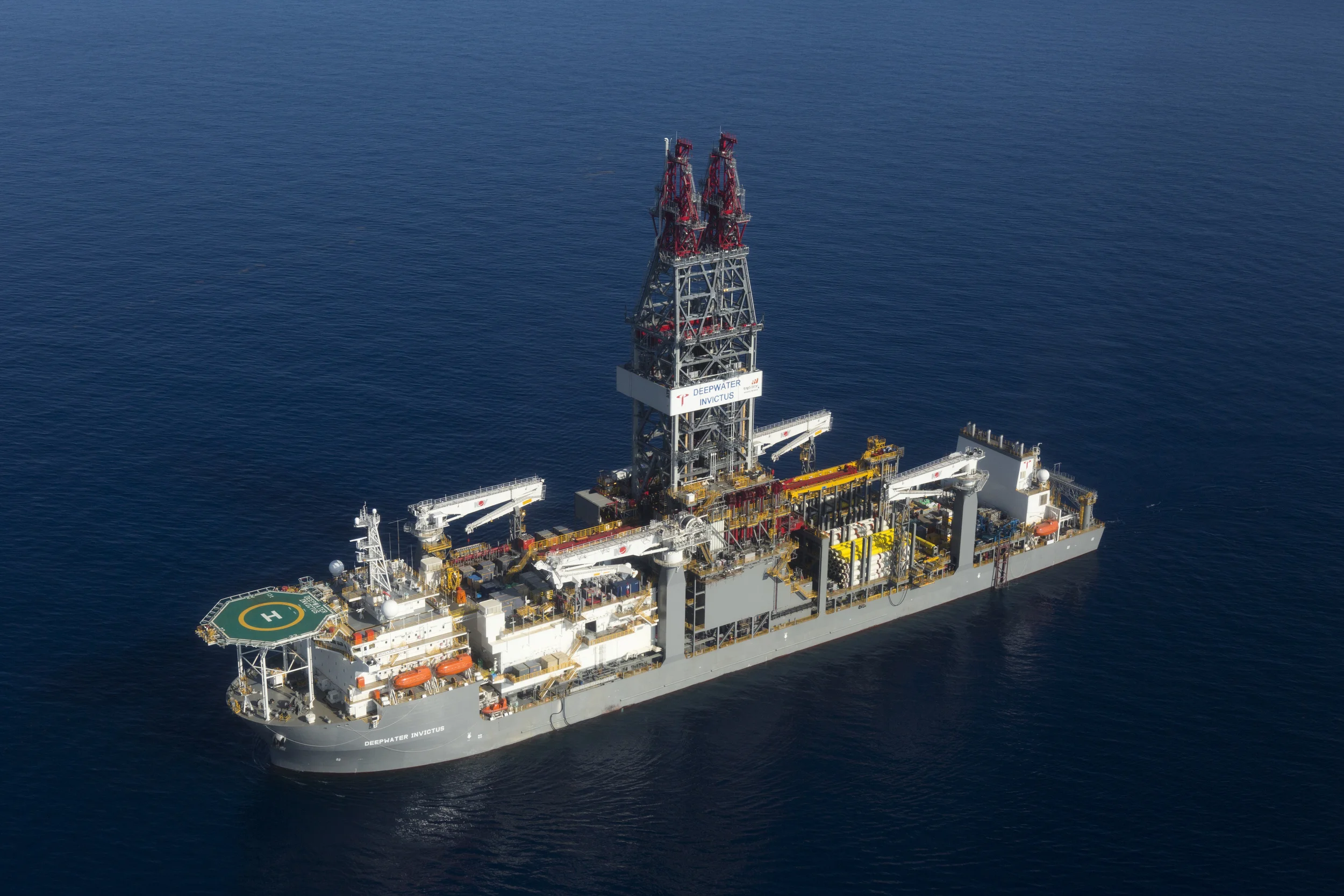BHP Billiton has spudded its much anticipated first deepwater well offshore Trinidad and Tobago. The well has been named LeClerc, after the 16thcentury French privateer, François LeClerc, famous for his peg leg and his many daring escapades around the Caribbean Sea and across the Atlantic.
Speaking at a launch ceremony for a new helicopter at the Bristow Hangar, Piarco, in May 2016, BHP Billiton President, Vincent Pereira, announced that the Invictus drillship had arrived in the country and was commencing its drilling programme with a first well in the TTDMAA 5 block. The first phase of the drilling programme will include the drilling of at least two, and possibly three, wells said Pereira. He also said that BHP Billiton has chosen to invest heavily in Trinidad and Tobago to embark on this historic deepwater campaign despite the current low price environment.
The launch of this programme is significant to Trinidad and Tobago as it will be the first true deepwater drilling programme ever executed in Trinidad. Experience gained on this programme will help Trinidad and Tobago service companies capitalise on other developing deepwater projects in the Eastern Caribbean and South America, such as the Liza project in Guyana and other potential deepwater programmes in Suriname, French Guiana and Barbados. The Trinidad and Tobago drilling programme represents an important opportunity to develop deepwater capabilities within the island and has the potential to help local firms gain the experience of working in the deepwater environment.
Trinidad and Tobago is well located to function as a base to service deepwater programmes in the wider region. The development of the BHP Billiton drilling programme is welcomed in the local energy sector particularly at a time when sector activity has decreased. Local contracting firms are also keen on upcoming work that may arise out of the drilling programme. The results of the drilling programme will be closely monitored.
Pereira revealed that drilling of LeClerc will take place in 2,500 – 8,500 feet of water and that the Transocean Deepwater Invictus drillship will be supported by two other vessels. It is estimated that the time taken for each well will be approximately 85-100 days. Significant analysis will take place after completion before decisions are taken on future developments.
He said that the deepwater exploration journey for BHP Billiton in Trinidad began in 2013 with the signing of PSCs with the government of Trinidad and Tobago. He went on to say that the programme progressed with the safe and successful completion of a 3D marine seismic campaign in March 2015.
That seismic survey was the largest acquisition programme ever completed by an independent oil and gas company and covered more than 21,000 square kilometres across nine deepwater blocks. To put the girth of the seismic survey into perspective, Trinidad and Tobago’s land mass is only approximately 5,131 square kilometres.
According to Pereira, the commencement of Phase 1 of the deepwater drilling campaign is an important symbol of BHP Billiton’s commitment to long-term investment in Trinidad and Tobago. He says that BHP has built a sustainable business in Trinidad and Tobago, on the foundation of a relentless focus on safety, operational efficiency, building meaningful relationships with communities and developing local capacity.

